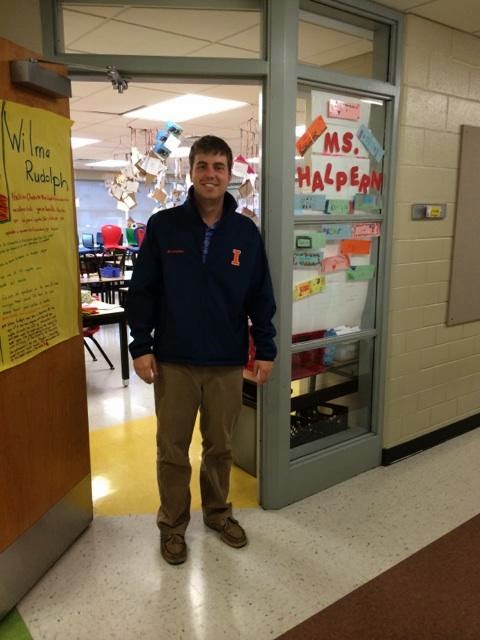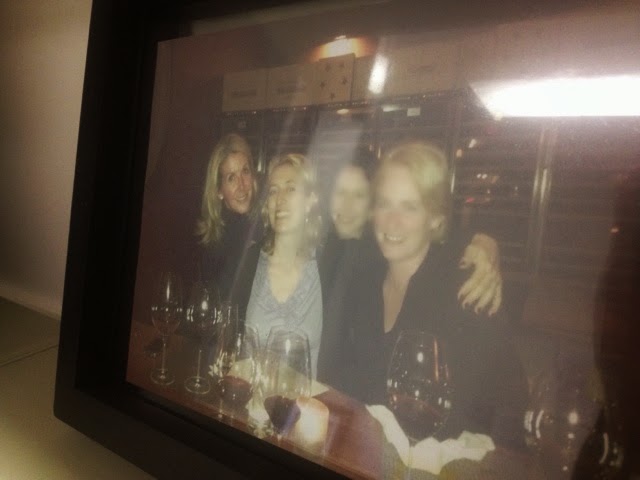Student Reflection

by Kelsey Marquez “¡ZAP!” “¡ZAP! ¡Que lástima!” say the children when they get a popsicle stick that says “¡ZAP!” Zap is a game I play with the children from Garden Hills. Their teacher has written sounds on different popsicles sticks, such as “rra, la, ma”. She then writes “zap” on a few of the other popsicle sticks. The object of the game is to obtain the most popsicle sticks with sounds but when you pick a stick with the word “zap” you must put all your sticks back in the bucket. Mrs. X [all names have been eliminated] was trying to get through her daily lesson as usual but it seemed impossible to get the children to focus. Some of the kids looked exhausted while others kept fidgeting with their fingers. The teacher decided that it was best to let them play “Zap” for fifteen minutes so those that were tired could participate in a less energy-demanding activity and those that were restless could release some energy as well. All the children got into groups of ...














